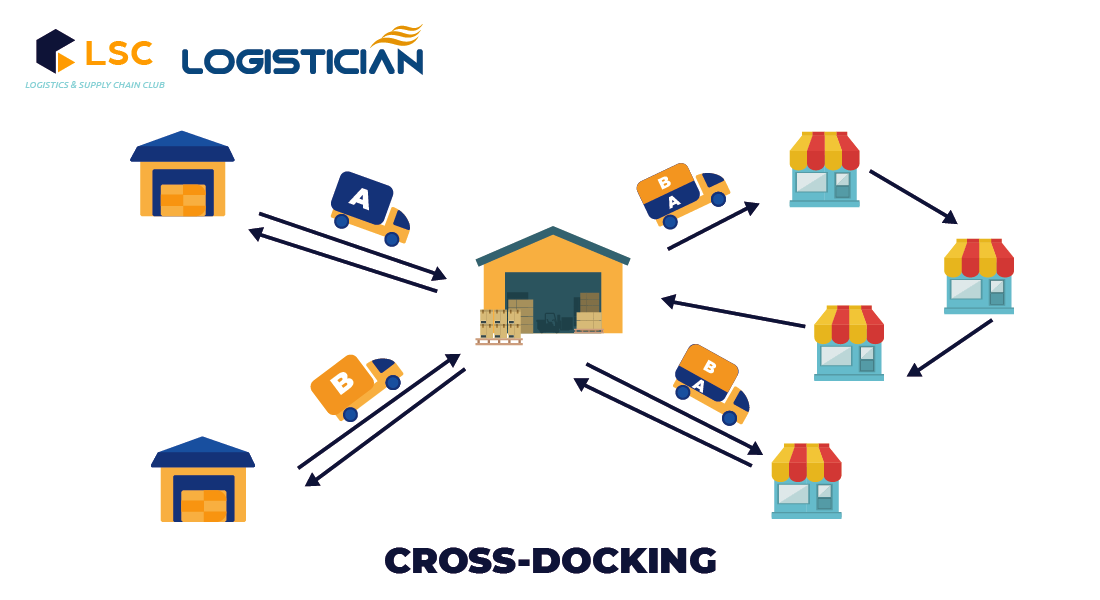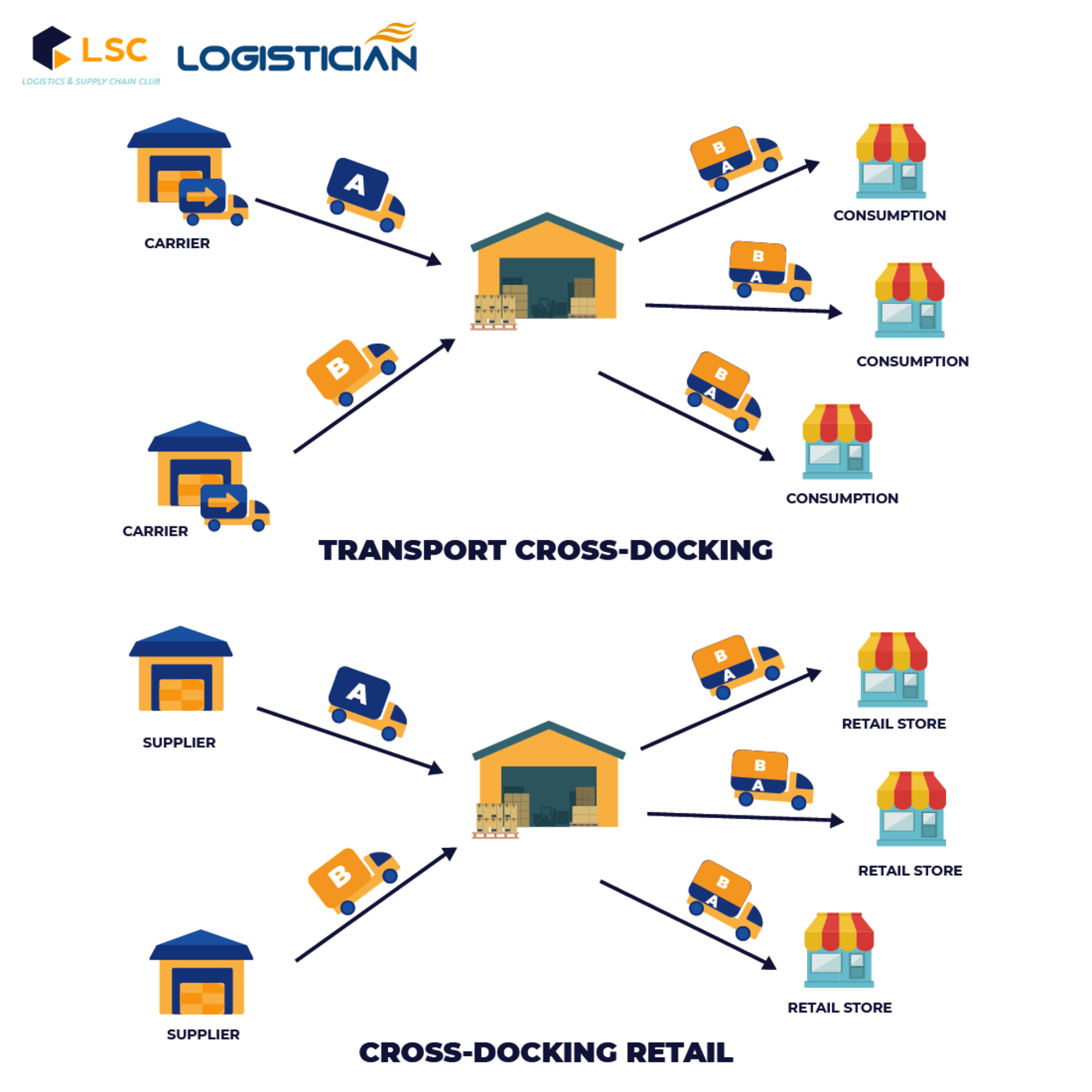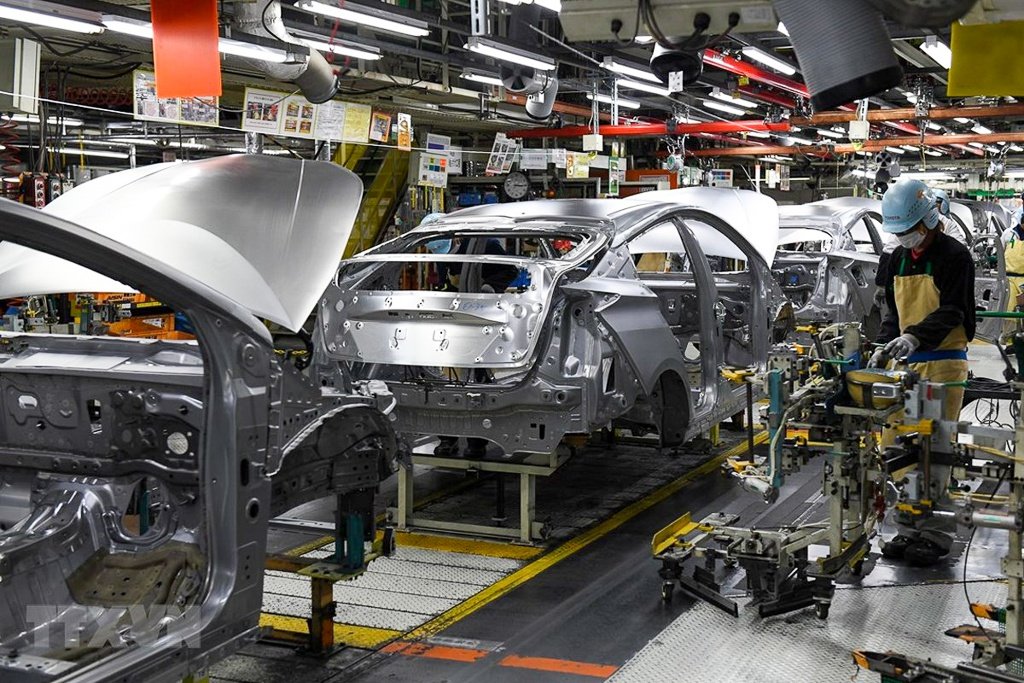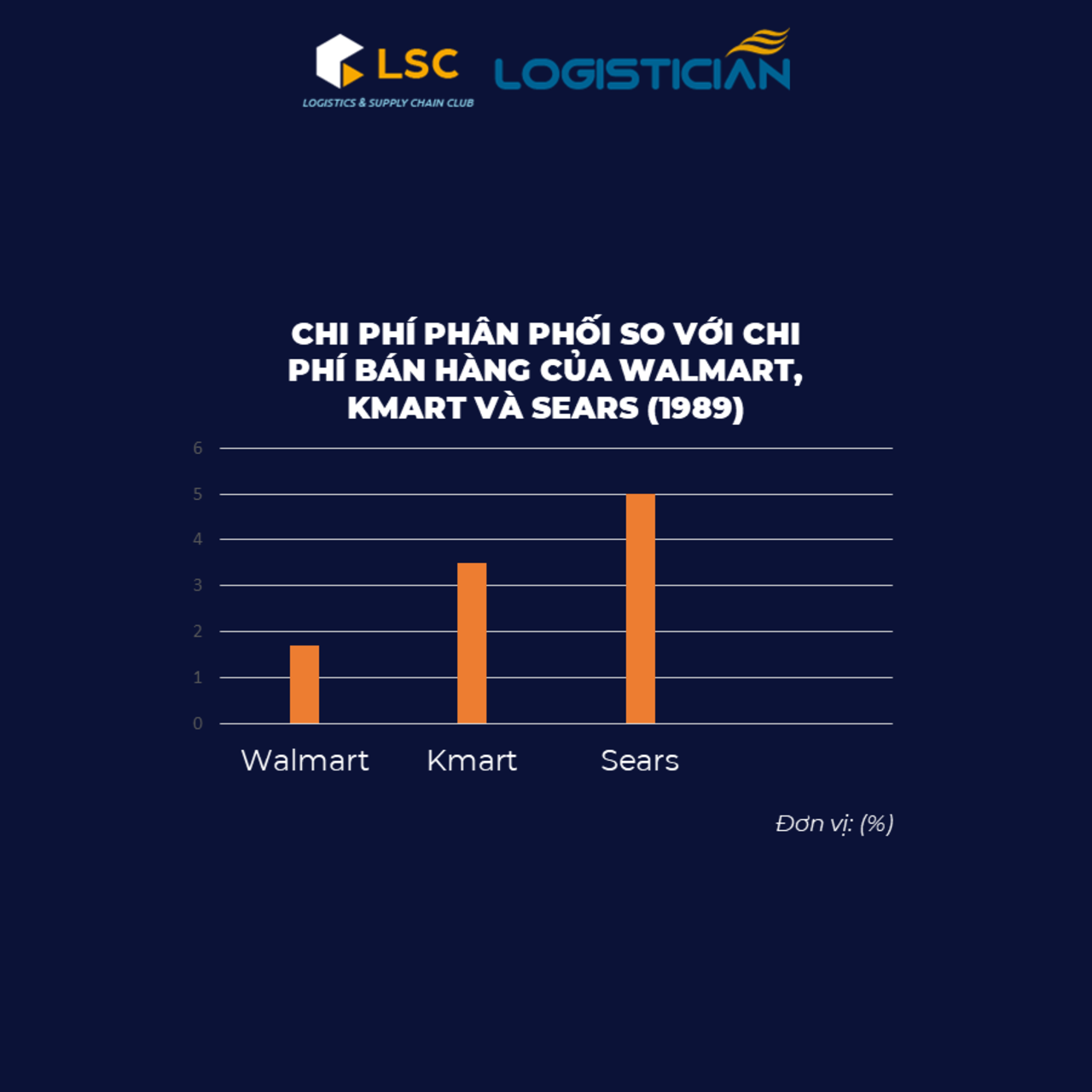1. What is cross-docking?
Cross-docking is a distribution system whereby commodities are received directly at the cross-dock*, then they are classified, consolidated, splitted and delivered immediately without storing at warehouses.
*Cross-docks are transshipment facilities that primarily receive freight trucks that have been sorted and grouped with other products, and then loaded into outbound trucks. These vehicles will leave the cross-dock to a manufacturing area, a retail store or another cross dock.

Trucks transported products to the same place to easily aggregate. Adversely, large shipments can also be divided into smaller groups to deliver. Both cases make the distribution system leaner and more efficient.
Storage and order collection are the two costly functions in warehouse operations (the remainder are receiving and dispatching activities) due to the cost of preservation, storage of goods, and labor. Cross-docking which eliminates storage activity saves a lot of money. Warehousing and shipment takes only a day at the cross-dock or sometimes less than an hour before shipping.
However, cross-docking is only adopted in cases of time commitment to avoid lengthening lead time.
2. Cross-docking classification
Each business chooses the type of cross-docking that fits them most. Here are some types of cross-docking:
Manufacturing cross-docking: This is the process of supporting and gathering input supplies such as raw materials, finished goods, etc, and then, they are delivered to production sites after being arranged and configured.
Distributor cross-docking: This is the process of item consolidation from many different suppliers into one delivery for consumption.

Transport cross-docking: This is the shipment combination activity from different carriers to gain economies of scale.
Cross-docking retail: This process involves receiving and sorting items from several suppliers to multiple retail stores.

Cross-docking opportunistic: Goods that are transported from the place of production to the dispatch facility, then transited to another means of transport to complete the shipment and often used for timely settlement consumer orders.
3. Advantages of Cross Docking
Cross-docking applications bring a lot of advantages to businesses. Some of them are:
- Cost reduces because of goods preservation and storage activities elimination.
- Promote quick circulation of goods, maintain product quality especially product lines with short shelf life.

- Applicable to many different types of items such as: perishable goods that need immediate delivery; products are tagged with tags, ready to be sold to customers; high-end items do not need to be monitored during transportation.
4. What types of businesses are suitable for cross-docking?
A product is considered suitable for cross-docking if its demand meets two criteria of low volatility and high volume.
If demand varies significantly, it is hard for cross-docking to be implemented because of difficulties in balancing supply and demand. In addition, if the demand is small, frequent deliveries will lead to transportation costs exceeding.
Here are some types of businesses that are suitable for cross-docking:
Automotive industry: The lean production model, also known as just-in-time manufacturing, was pioneered by Toyota and now it is popular. With the goal of “no inventory, no waiting time, no additional costs”, cross-docking is an ideal choice.

Food and beverage industry: Restaurants need a constant supply of fresh ingredients (which is perishable) for their dishes. That makes cross-docking a smart initiative, instead of modernly equipped warehouses.
Consumer goods: Why is Amazon so successful? Because it has almost everything people need with a reasonable cost and the ability to respond quickly. One critical reason is cross-docking applications. With the advantages of storage costs savings as well as lead time, cross-docking is the solution that helps companies to increase customer services.
Chemicals: The special storage requirements of chemical products make them expensive and potentially dangerous. Reducing inventory handling by decreasing lead time through cross-docking is the ideal scenario.
5. Walmart – typical cross-docking success story
In the 1980s, Walmart began working directly with manufacturers (Vendor Managed Inventory-VMI) to cut costs. And cross-docking is a part of their VMI initiative. Suppliers take charge checking inventory level through a database system which is shared by Walmart. Through this, inventory is replenished immediately when found necessary.
As a result, Walmart can expect the result of almost 100% order fulfillment. In 1989, it was named retailer of the decade, with an estimated distribution cost of only 1.7% of the cost of goods sold, outperforming competitors such as Kmart (3.5 %) and Sears (5%).

Suppliers can deliver goods directly to Walmart warehouses, where they are immediately packaged and distributed with almost no time storage.
The elimination of preserving and storing goods activities helps decrease dramatically costs. In addition, shipping costs are also reduced by low shipping times (since each distribution warehouse is within 130 miles of any Walmart store) and allowing Walmart to negotiate better price margins with suppliers.
Logistics department with up to 75,000 people, including 7,800 drivers and nearly 7,000 trucks, Walmart has created a huge distribution system with about 114 distribution centers across the United States.
Dedicated fleets of trucks allow the company to deliver within just two days and replenish store shelves twice a week. Fast shipping times allow Walmart to respond promptly to changes in customer demand.
This strategy has greatly reduced Walmart’s costs, allowing sales with highly competitive prices.
Minh Ngo
FURTHER READING:













